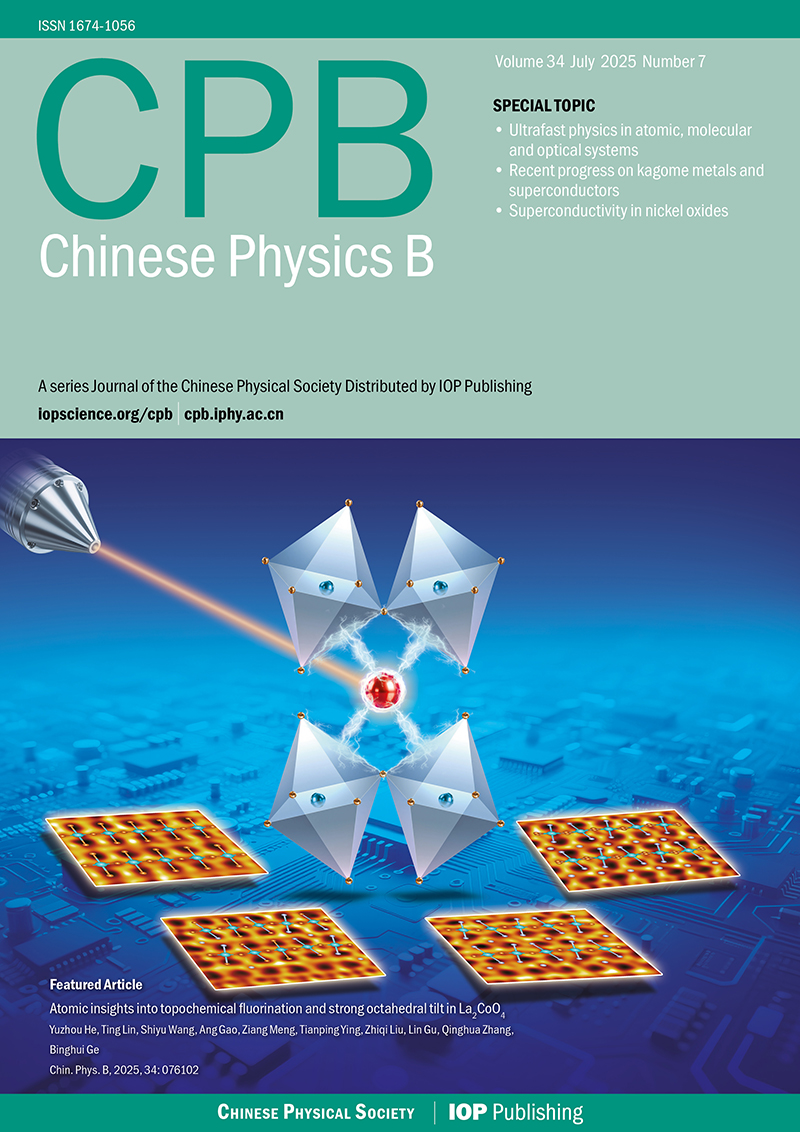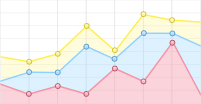Electron correlation in two-electron atoms: A Bohmian analysis of high-order harmonic generation in high-frequency domain
- Received Date: 22/08/2024
- Accepted Date: 26/09/2024
-
Key words:
- Bohmian mechanics /
- high-order harmonics generation /
- two-electron atom
Abstract: In studying interactions between intense laser fields and atoms or molecules, the role of electron correlation effects on the dynamical response is an important and pressing issue to address. Utilizing Bohmian mechanics (BM), we have theoretically explored the two-electron correlation characteristics while generating high-order harmonics in xenon atoms subjected to intense laser fields. We initially employed Bohmian trajectories to reproduce the dynamics of the electrons and subsequently utilized time-frequency analysis spectra to ascertain the emission time windows for high-order harmonics. Within these time windows, we classified the nuclear region Bohmian trajectories and observed that intense high-order harmonics are solely generated when paired Bohmian particles (BPs) concurrently appear in the nuclear region and reside there for a duration within a re-collision time window. Furthermore, our analysis of characteristic trajectories producing high-order harmonics led us to propose a two-electron re-collision model to elucidate this phenomenon. The study demonstrates that intense high-order harmonics are only generated when both electrons are in the ground state within the re-collision time window. This work discusses the implications of correlation effects between two electrons and offers valuable insights for studying correlation in multi-electron high-order harmonic generation.

 首页
首页 登录
登录 注册
注册






 DownLoad:
DownLoad: